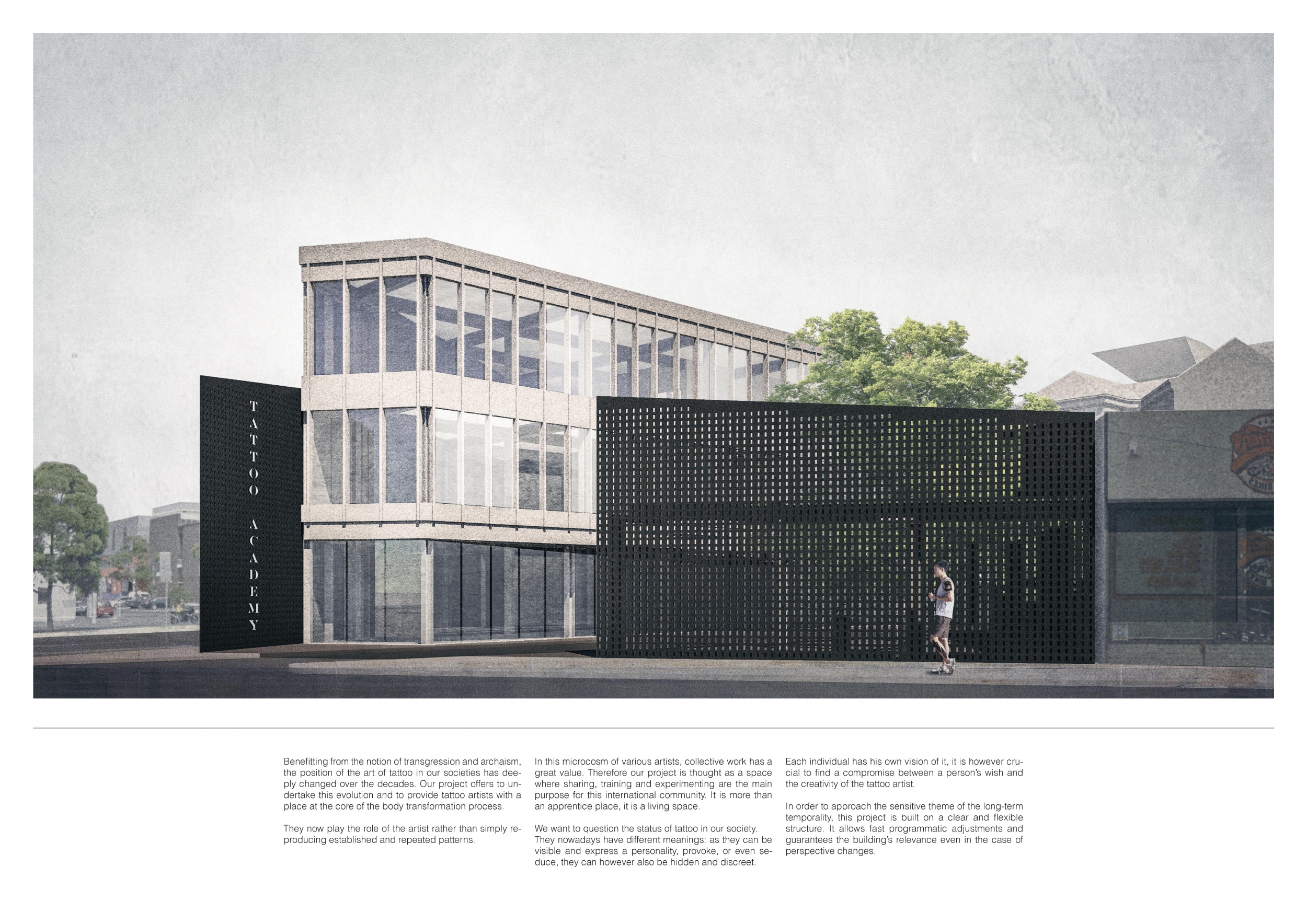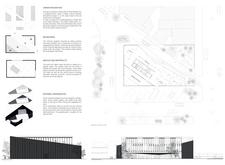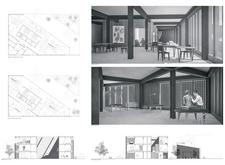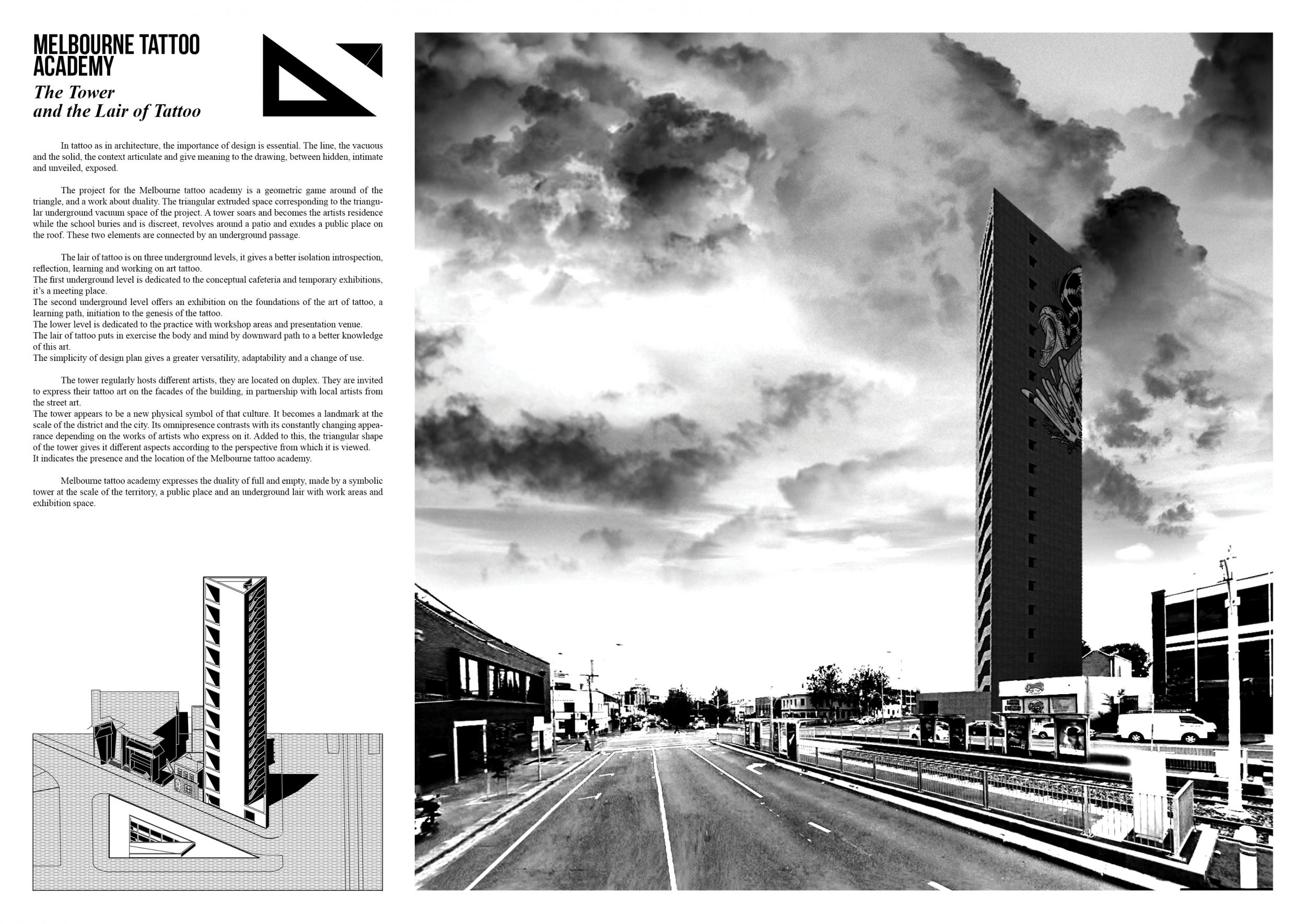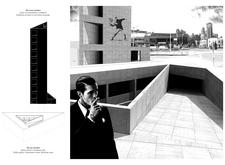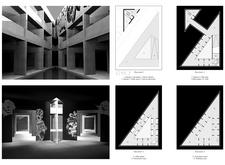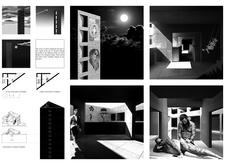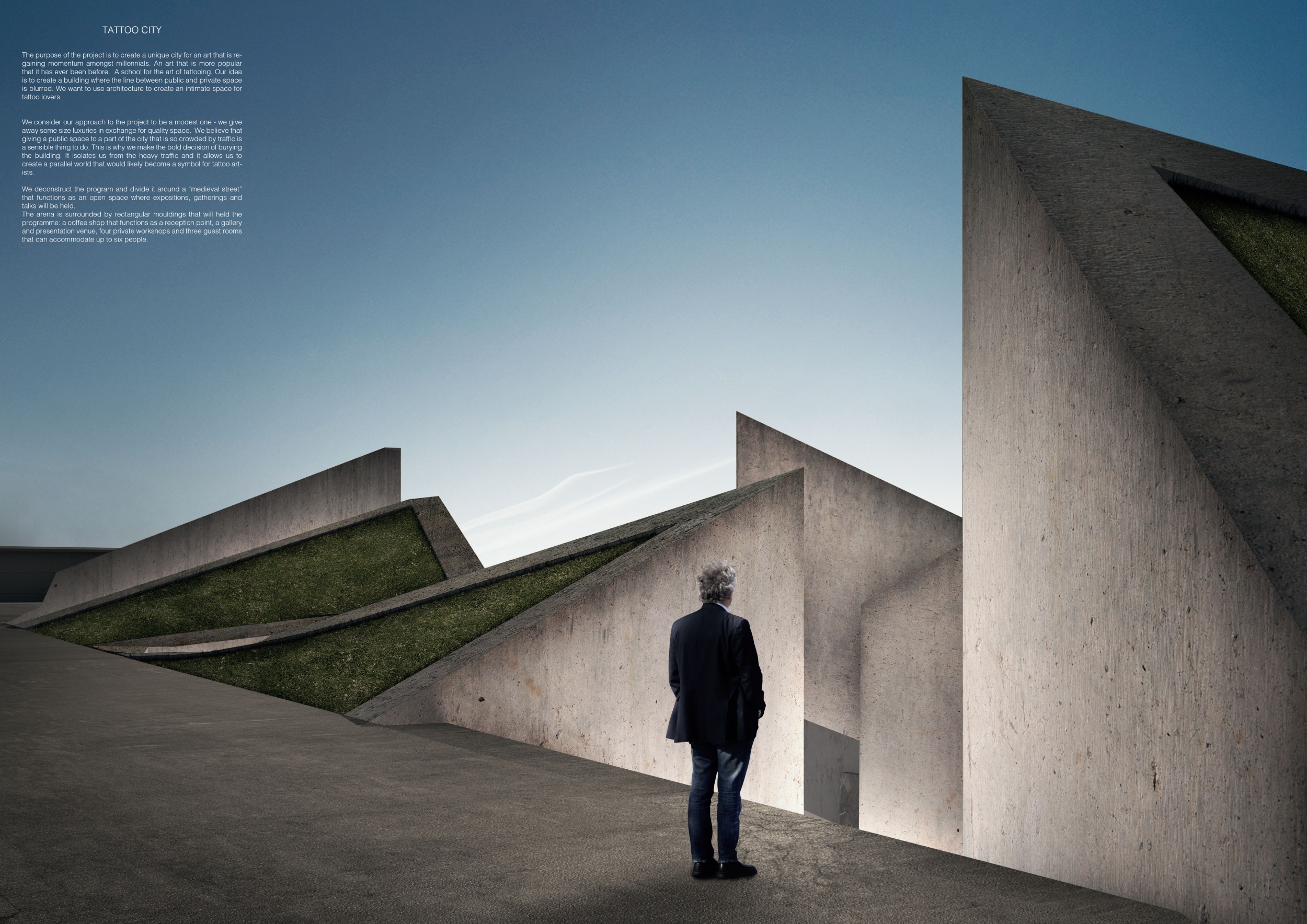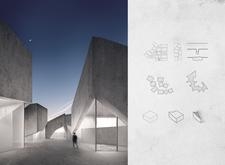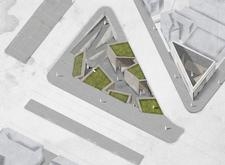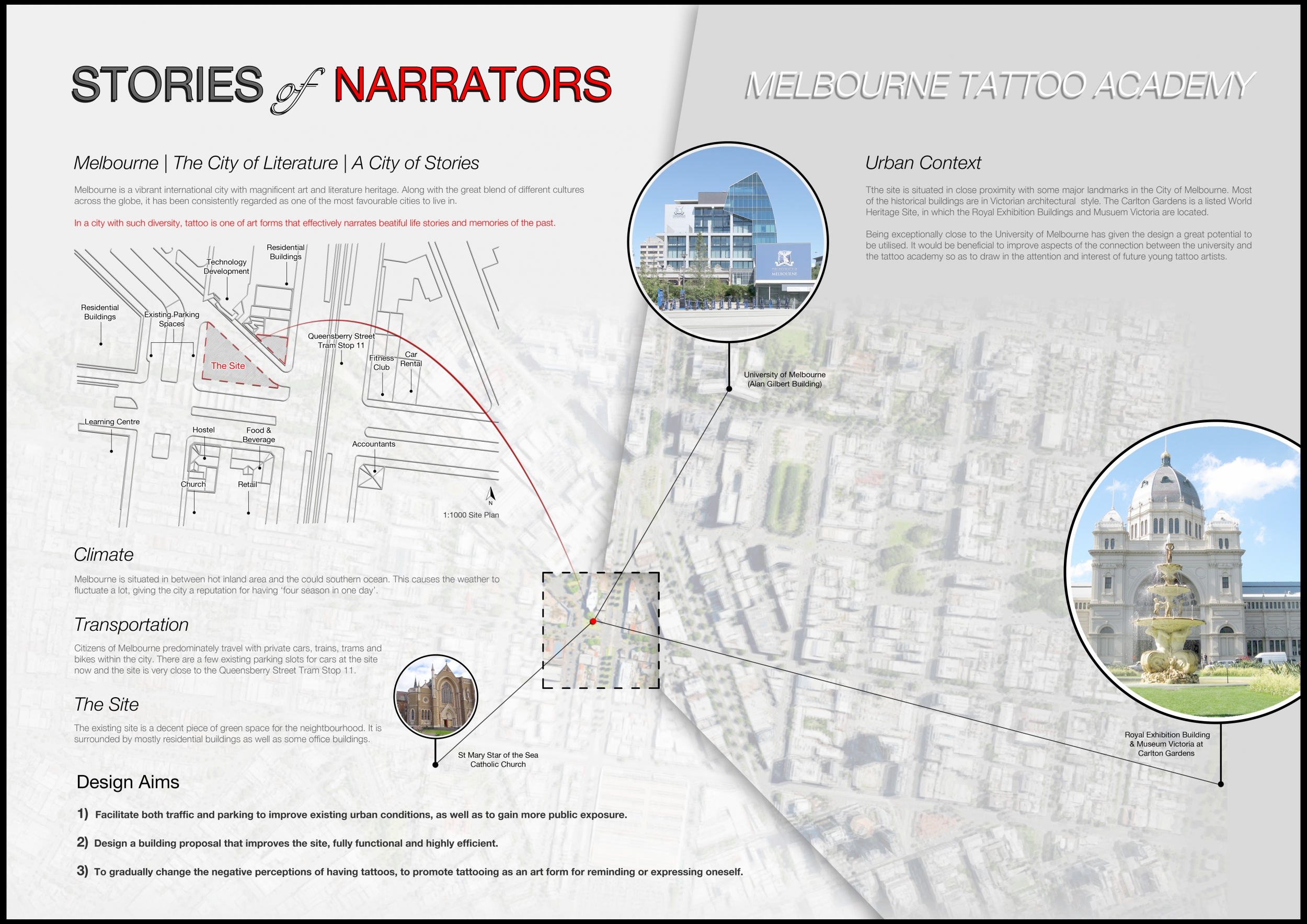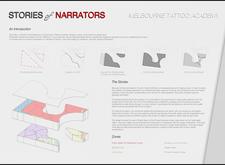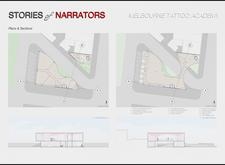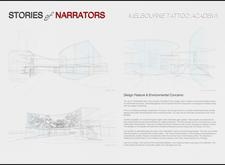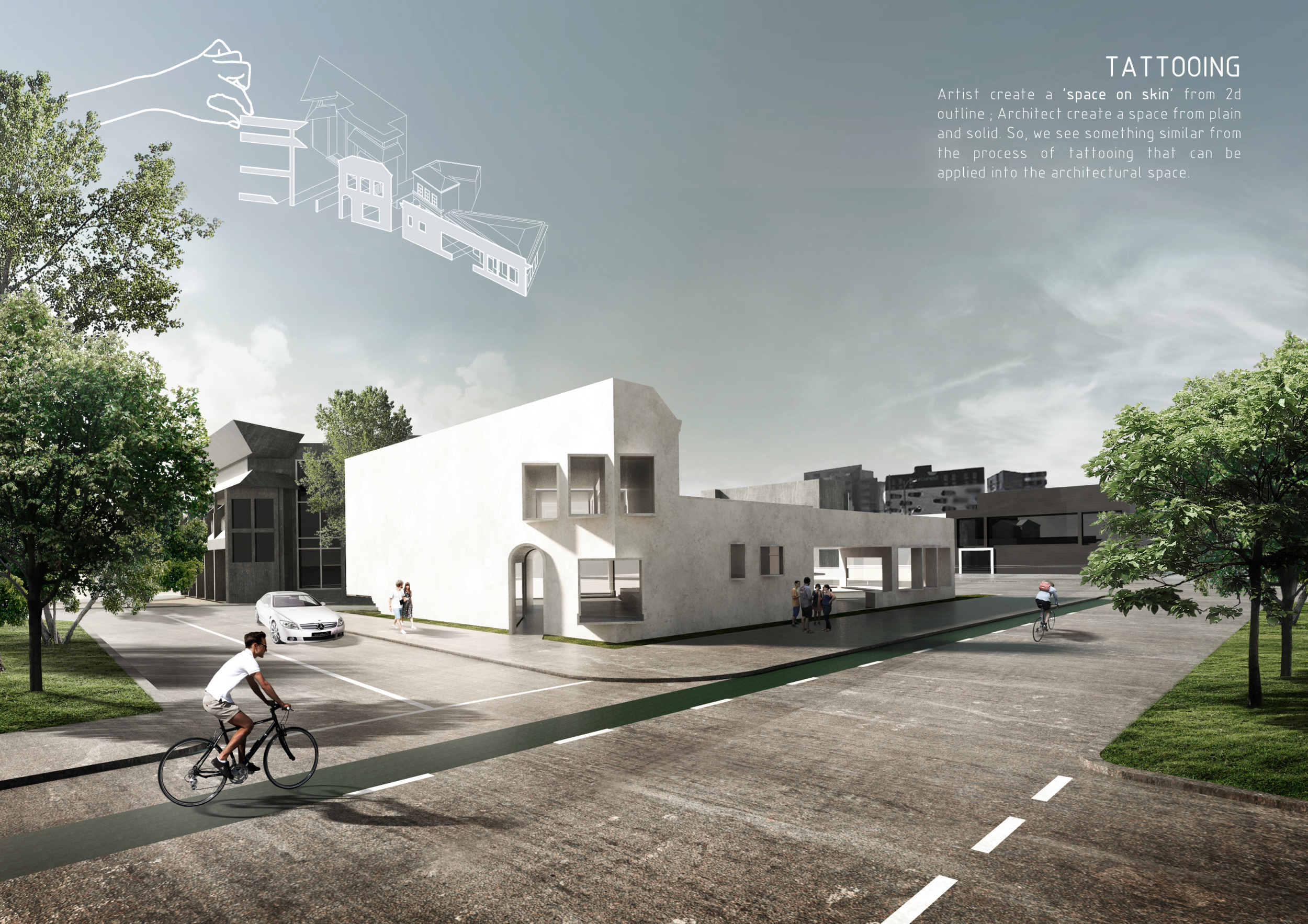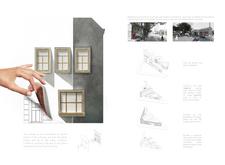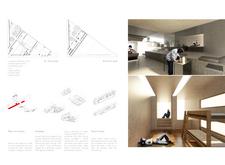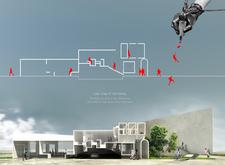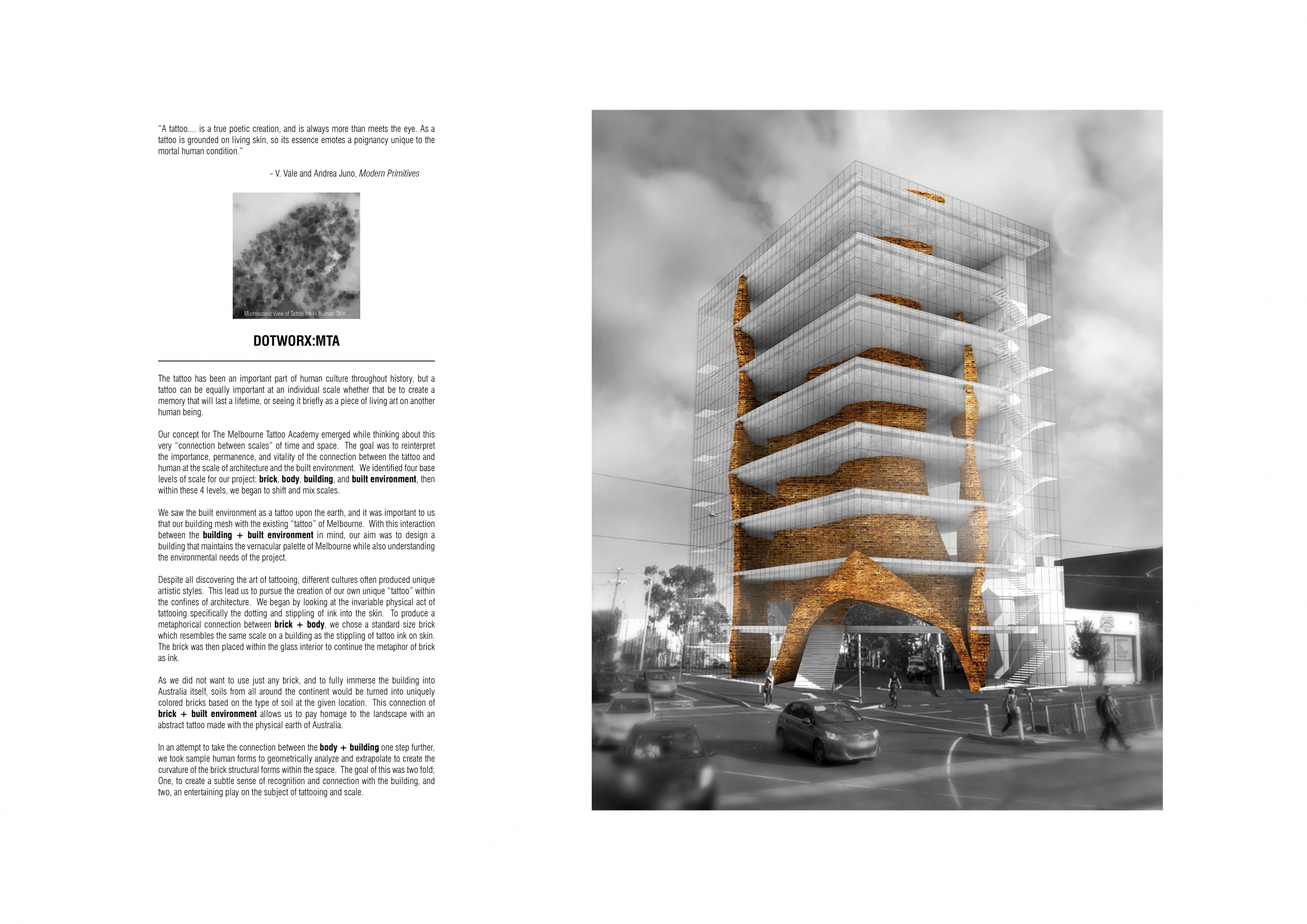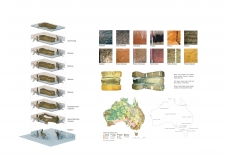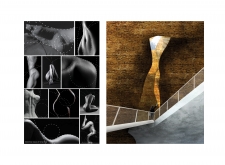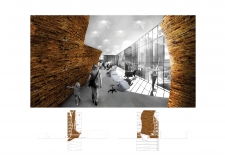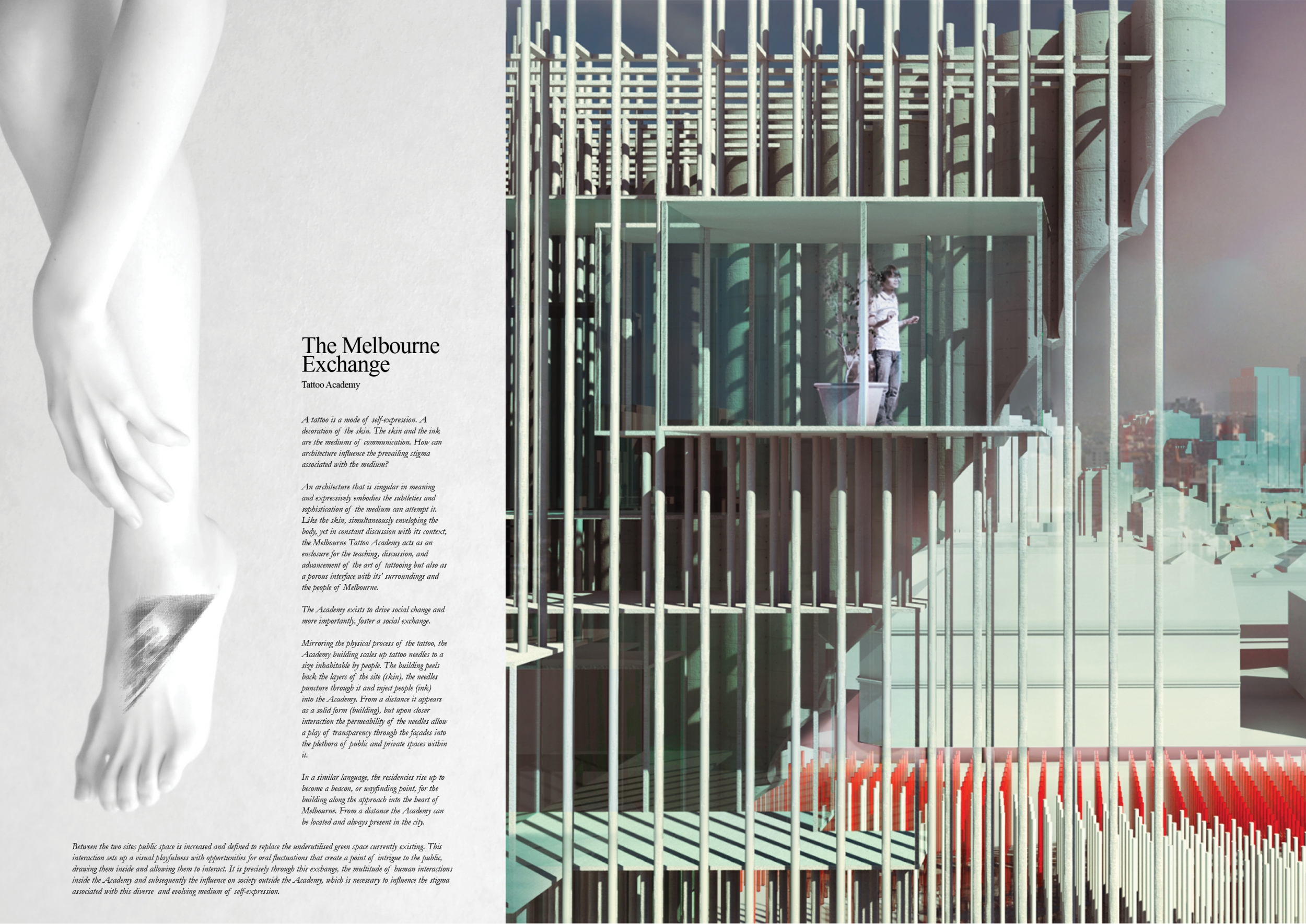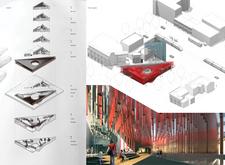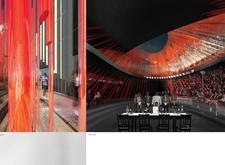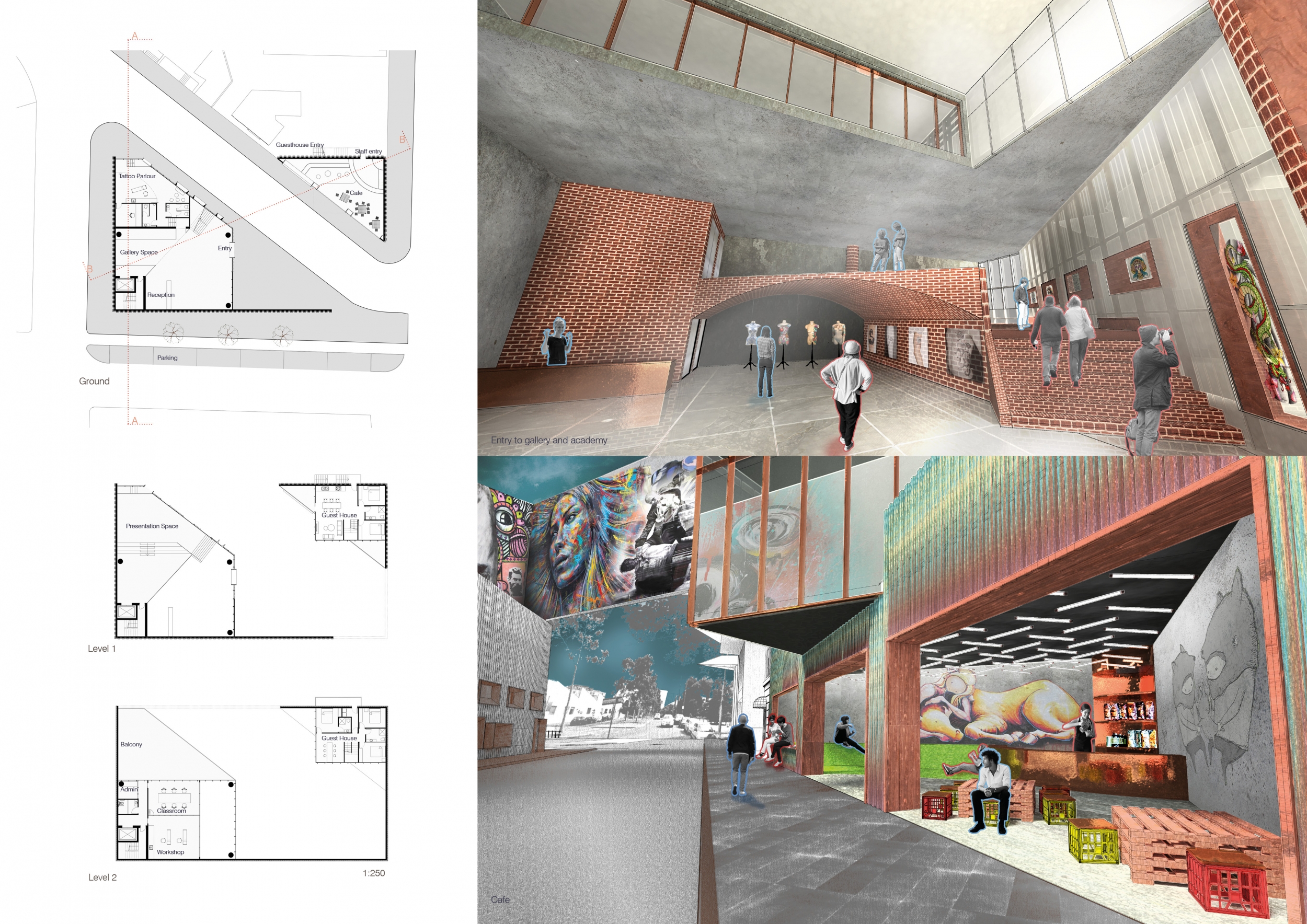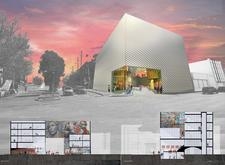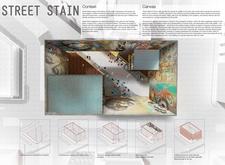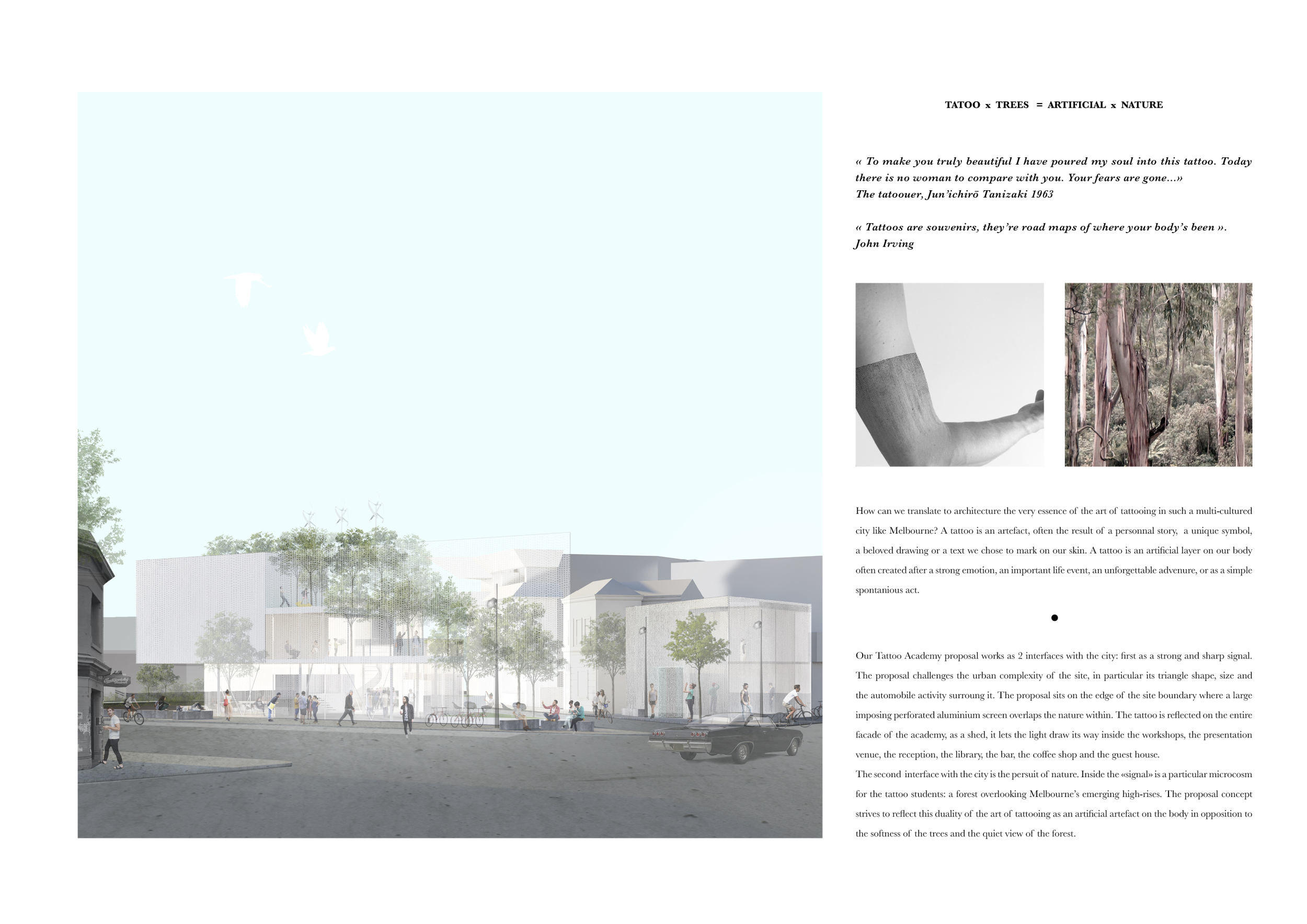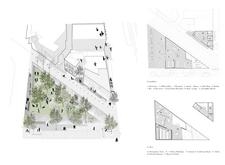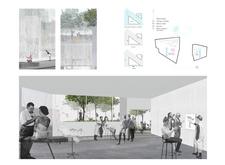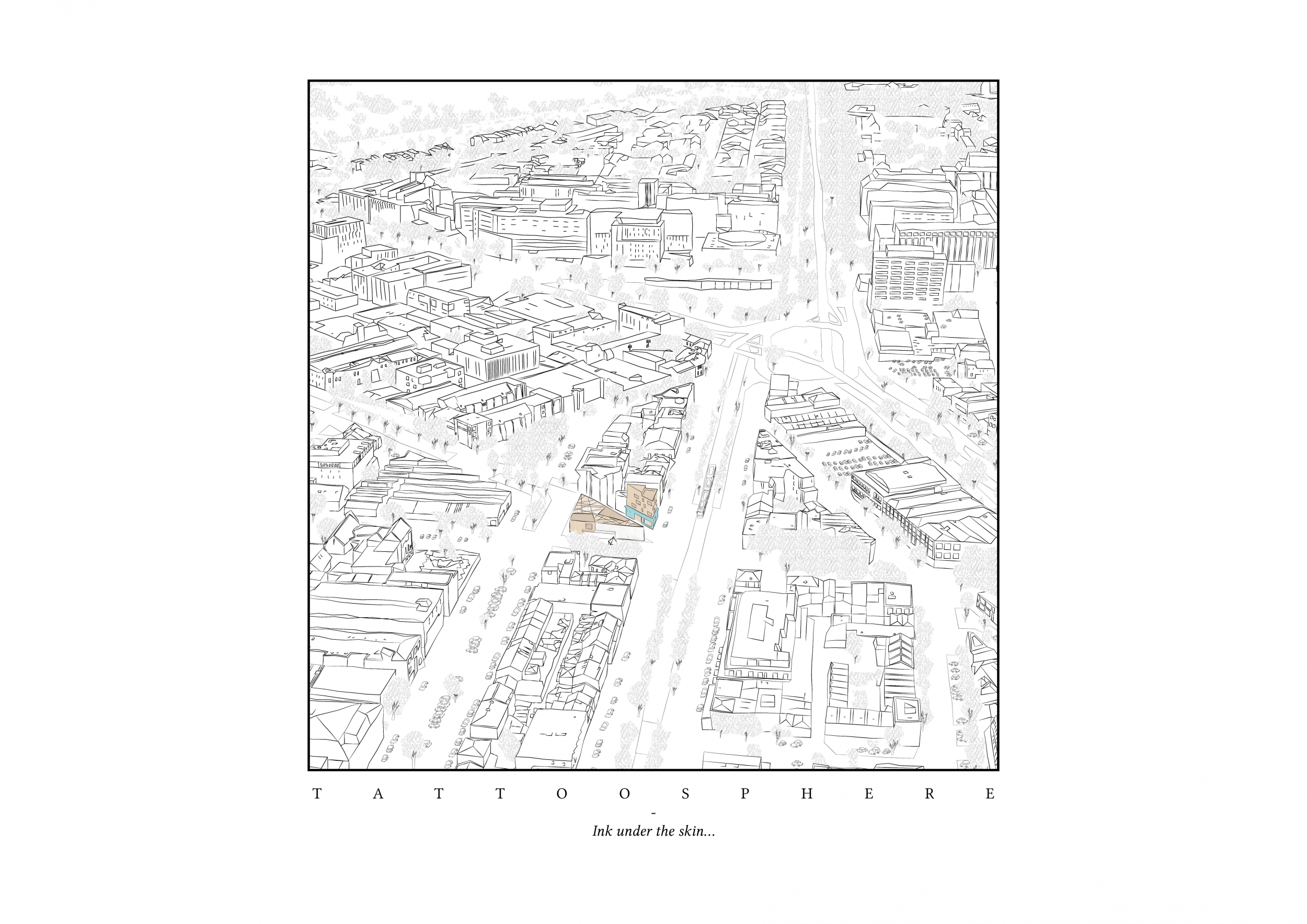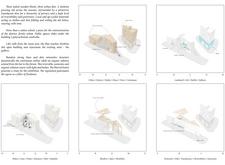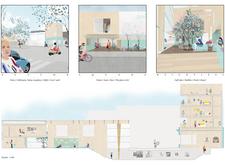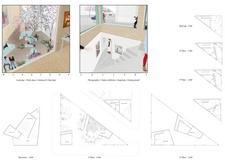Introduction
The competition for a Melbourne Tattoo Academy recollects and postulates principles of architectural humanism in contemporary culture. The project arises from a practice historically and perhaps more traditionally associated with transgression, defiance, and opposition. While it may seem counterintuitive, the competition compels disciplinary introspection into spatial and material issues concerning culture, society, and individuality. The tattoo as a personal or cultural artifact is generally absent from architectural consideration — one might think of Loos and his seminal writings during the turn of the last century condemning modern practices of architectural ornament as barbaric: in comparison to Papuan society, “the modern man who tattoos himself is a criminal or a degenerate” (Adolf Loos, Ornament and Crime). Submissions to the Melbourne Tattoo Academy reframe this critique, and the cultural comparison between the artifact of the tattoo and building practice in relation to contemporary liberal society and the late post modern condition.
Successful entries to the competition engage in this consideration, challenging personal and social conceptions of the tattoo as art form and its cultural, philosophical implication in architecture. Selected projects demonstrate a plurality of positions describing a variety of trajectories. Notable among the relationships and juxtapositions established include: critiques on permanence and longevity; the irreversible transformation of flesh and nature; correlation between graphic and retinal expression, graffiti and street art, the scenographic and decorated shed; lastly, body art as boutique parlor fashion, and high couture. Perhaps most interesting is the evolution of value and meaning of relatively archaic human practices, both tattoo and building arts as cultural artifacts, from the Papuan, modern, and late post modern societies.
Competition results in media publications
1st Prize Winner +
BB STUDENT AWARD
BB STUDENT AWARD
Melbourne Tattoo Academy
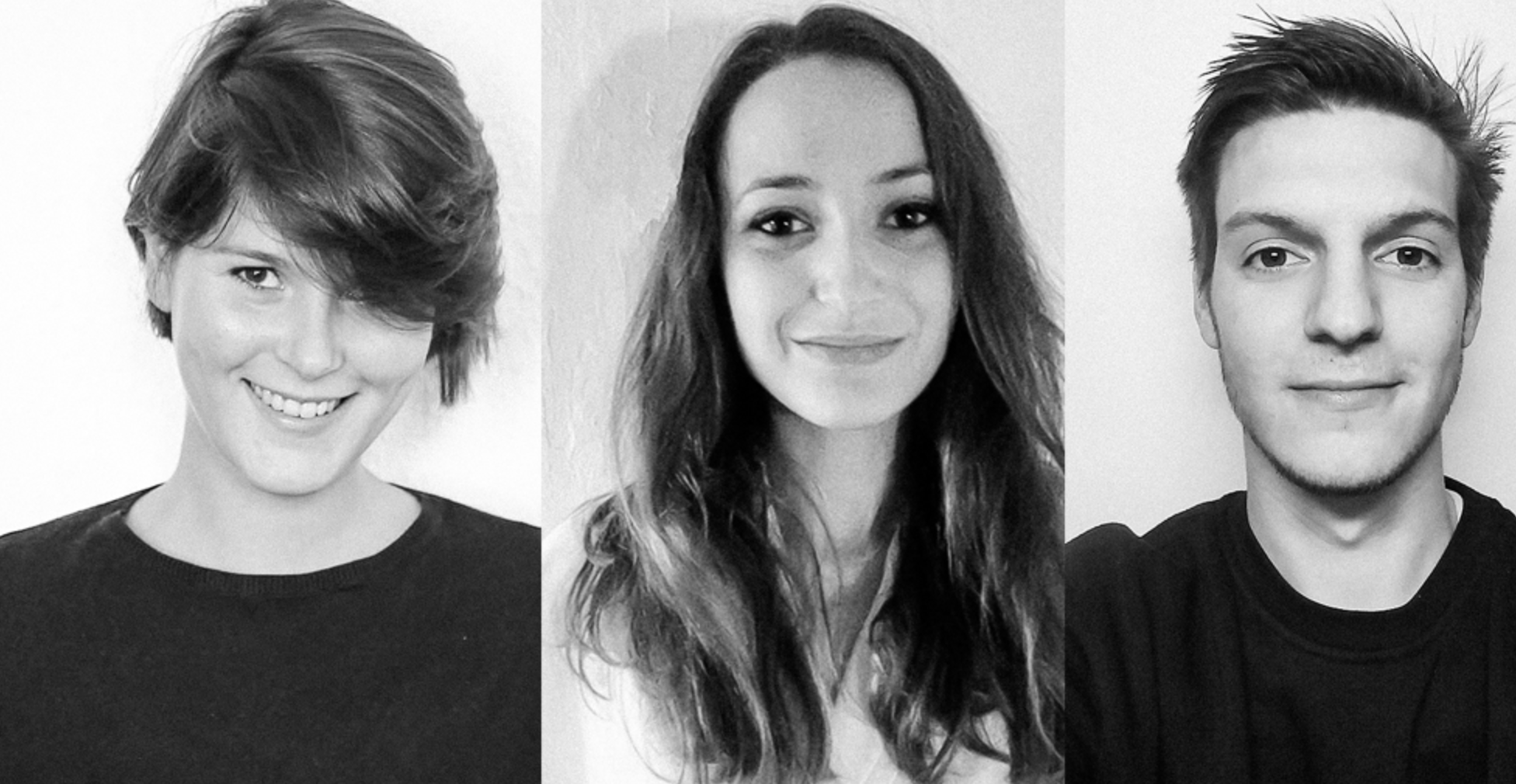
An architecture vision competition make us go to the essence of an idea, we have to translate it as directly as we can. It can also provoque a dialog without imposing a constructed reality. A building must not be only one man’s or team’s work, but the result of a long process which includes differents actors. A competition is only the first step.
Read full interviewJury feedback summary
The first place entry stands apart because of its strong response to a difficult urban condition and its conceptual relationship to the ethos and culture of the tattoo. The project combines the two triangular sites, separated by a diagonal street, with a perforated black metal screen to create a rectangular urban frame.
2nd Prize Winner
The Tower and the Lair of Tattoo
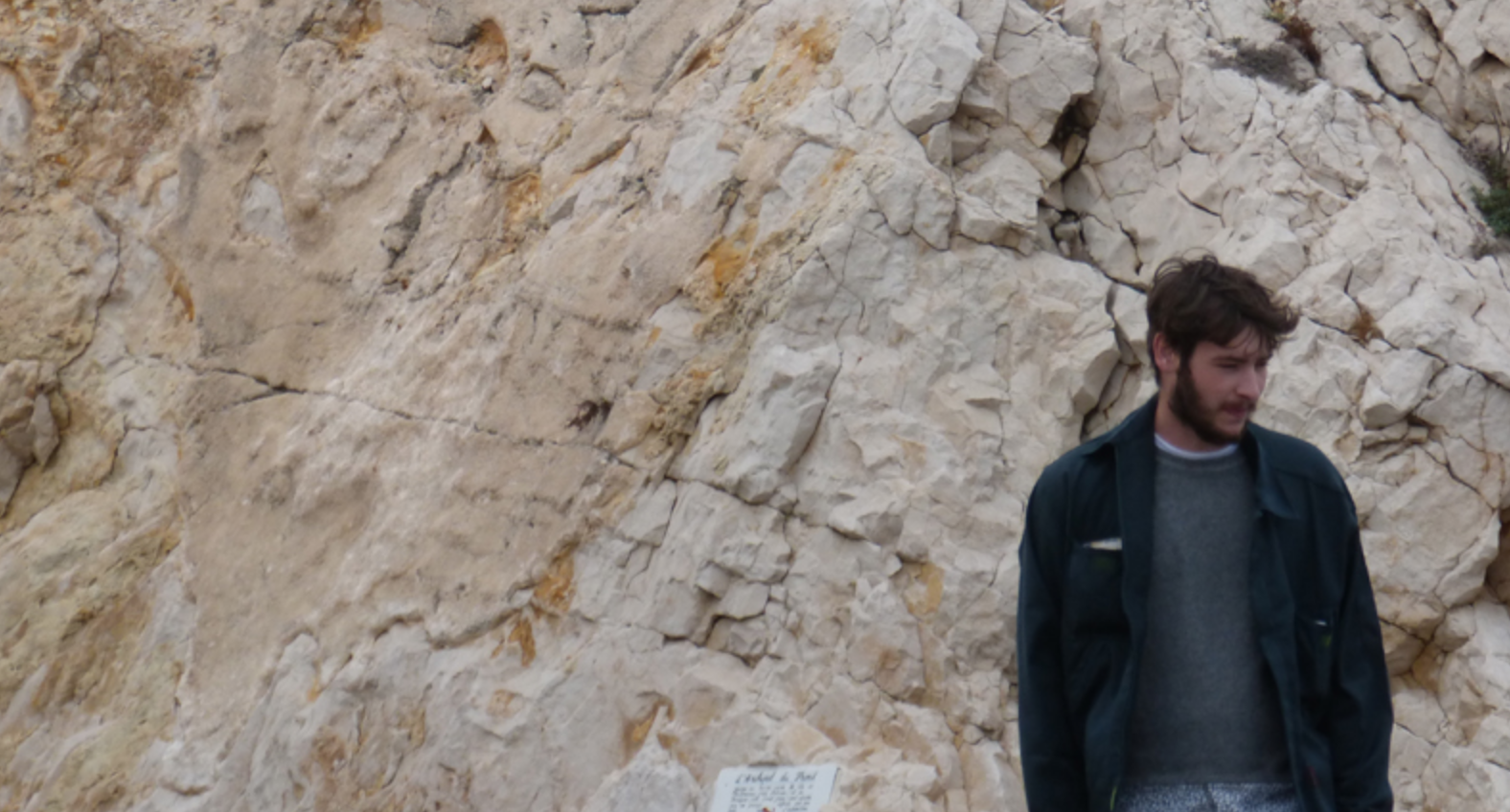
Participate in architecture vision competitions seems to me to be a good way to practice architecture, its spatialities and its concepts without too many constraints related to the architect profession.
Read full interview France
France
Jury feedback summary
The second place entry for the Melbourne Tattoo Academy is awarded to a project that stands out through its clear distinction as other. In forming an urban artist colony of sorts, the project acts as a haven for like minded individuals to gather, collaborate, and experiment. The narrative of the project takes on the cultural assumption of tattoo as a form of underground art that is both intimate and exclusive, while also being exhibitionist and voyeuristic.
3rd Prize Winner
Tattoo City
Jury feedback summary
The third place entry for the Melbourne Tattoo Academy is unique in its treatment of the urban. “Tattoo City” creates a campus in the city, establishing a series of rooms — including a gallery, exhibition space, presentation venue, coffee shop, and guesthouse — to create a public and almost voyeuristic enclave for an art that is often considered taboo.




